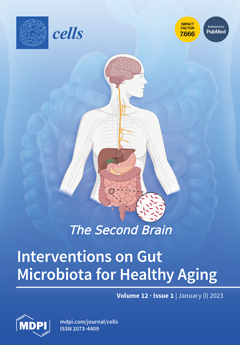Diverse types of dental adhesives exhibit different cytotoxic outcomes on cells in vitro. Currently, no standard adhesive application technique has so far been decisive for clinicians for better durability of resin–dentin bonds of adhesive systems. The purpose of this study was to systematically review the literature to evaluate the bonding performance of adhesive systems to dentin by using different application modalities. The systematic research strategy was conducted by two reviewers among multiple databases: PubMed, Scopus, Web of Science, Embase, and Scielo. In vitro studies reporting the effects of additional steps for the application of adhesive systems on the bond strength to dentin were selected. Meta-analysis was performed using Review Manager Software version 5.3.5 using the random effects model. The methodological quality of each in vitro study was assessed according to the parameters of a previous systematic review. The electronic research through different databases generated a total of 8318 references. After the examination of titles and abstracts, a total of 106 potentially relevant studies accessed the full-text evaluation phase. After full-text examination, 78 publications were included for the qualitative analysis, and 68 studies were included in the meta-analysis. Regarding the etch-and-rinse adhesive systems, the application modalities that improved the overall bond strength were the application of a hydrophobic resin layer (
p = 0.005), an extended application time (
p < 0.001), an application assisted by an electric current (
p < 0.001), a double-layer application (
p = 0.05), the agitation technique (
p = 0.02), and the active application of the adhesive (
p < 0.001). For self-etch adhesive systems, the techniques that improved the overall bond strength were the application of a hydrophobic resin layer (
p < 0.001), an extended application time (
p = 0.001), an application assisted by an electric current (
p < 0.001), a double-layer application (
p < 0.001), the agitation technique (
p = 0.01), and the active application of the adhesive (
p < 0.001). The in vitro evidence suggests that the application of adhesive systems using alternative techniques or additional strategies may be beneficial for improving their bond strength to dentin. The application modalities that favored the overall bond strength to dentin were an extended application time, a double-layer application, an application assisted by an electric current, the active application of the adhesive, and the application of a hydrophobic resin layer. Worth mentioning is that some techniques are intended to increase the degree of the conversion of the materials, and therefore, improvements in the biocompatibility of the materials can be expected.
Full article






